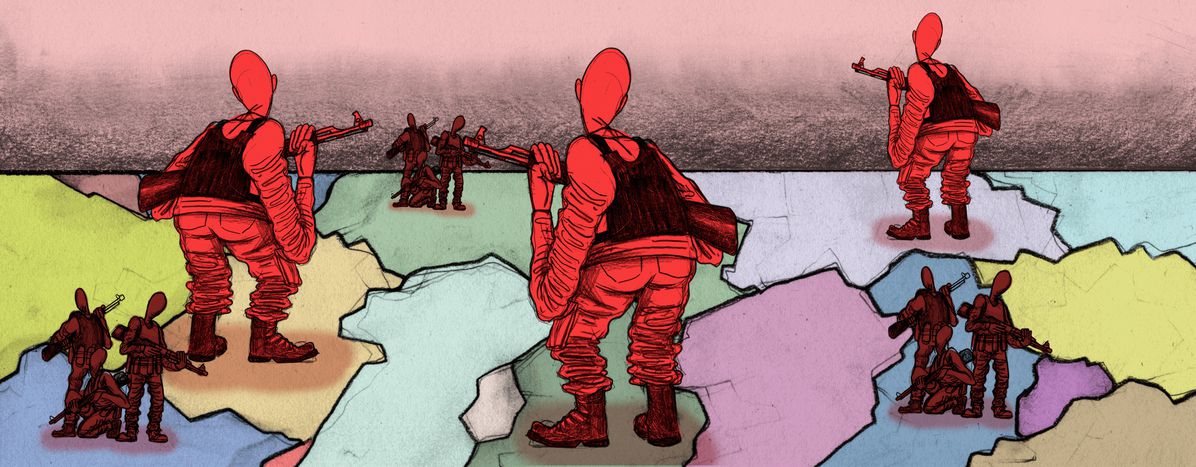
Behind the numbers: Terrorism and the "lone wolf"
Published on
Translation by:
CafébabelAfter each terrorist attack that Daesh claims, we are warned against the hostile backlash that can target Muslim communities. Liberal media appeal to readers to abstain from a discourse of hate, and from falsely assigning blame to those who are innocent. Now, they can also use these indisputable numbers.
In 2015, the Institute for Economics and Peace (IEP) – an independent international think tank – released the third edition of their Global Terrorism Index. The report collates data on 140,000 acts of terrorism perpetrated between the years 2000 and 2014 globally. Some of the results aren’t too surprising – like the fact that the total number of deaths from terrorism increased by 80% when compared to the previous year. Particularly when you focus on terror in the West, this report begins to question whether popular connotations currently accompanying the word “terrorist” are justified.
Contrary to appearances, Islamic fundamentalism is not the most common "cause" of terror attacks carried out on western soil over the last decade. Instead, so-called "lone wolves" – terrorists acting alone – were responsible for 70% of the victims of terrorist attacks in the West. In addition, 80% of deaths from “lone wolf” terror acts were attributed to a mixture of right wing extremism, nationalism, anti-establishment sentiment or other types of political extremism or supremacy. The report also notes that these lone gunmen are far more difficult for secret services to keep track of than terrorist organisations.
Today, terrorism is also one of the principal contributing factors to mass migrations. According to IEP: "Ten of the 11 countries that had more than 500 deaths from terrorism in 2014 had the highest levels of refugees and IDPs [internally displaced persons. ed.] in the world." In addition, the report specifies that five of these states – Iraq, Nigeria, Afghanistan, Pakistan and Syria – together comprised 78% of the victims of terrorist attacks in 2014.
---
This article is part of our Behind the Numbers series, illustrating newsworthy stats with artistic design and a brief analysis.
Translated from Liczby mówią: terrorysta - nie zawsze dżihadysta



